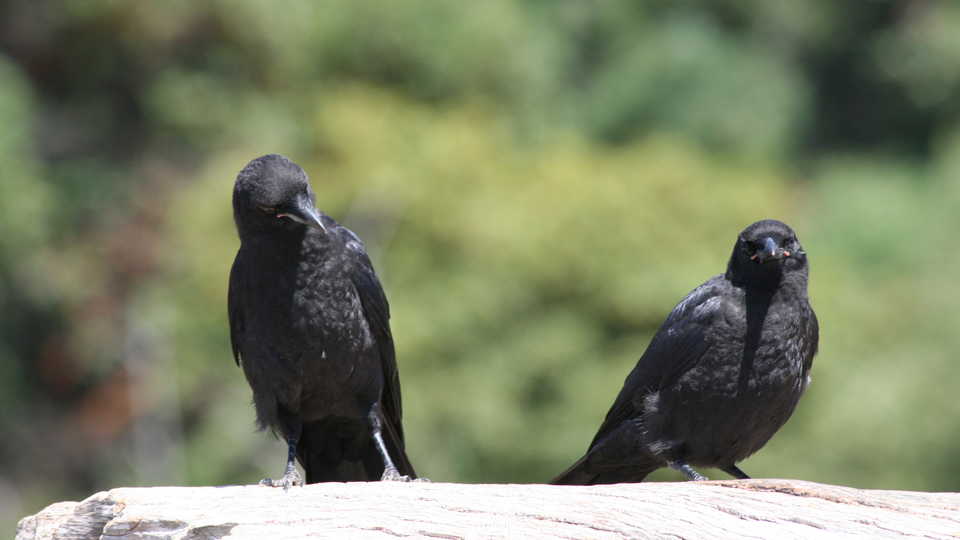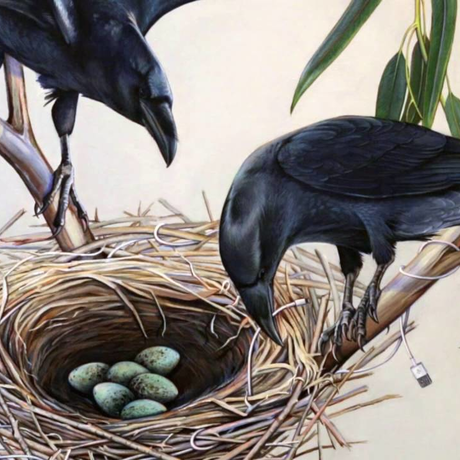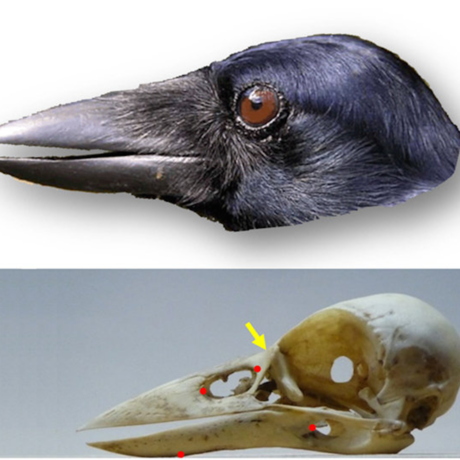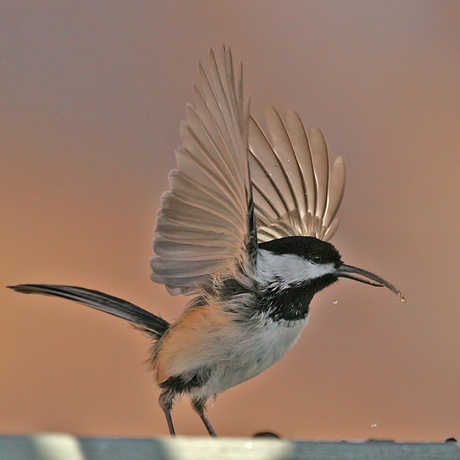Science News
Learning a Lesson

Crows and ravens are very intelligent animals—as we demonstrated in yesterday’s post—and in addition to solving complex problems or using and making tools, these corvids also are able to learn new tasks from each other. This social learning, as it’s called, is not only important in passing information from one generation to the next, it’s also critical in adapting to changing environmental conditions, as these smart birds are known to do.
Corina Logan of UC Santa Barbara wondered how New Caledonian crows transmit their tool-making knowledge to one another. The birds often make tools out of long, palm-like Pandanus leaves to dig grubs out of logs, and what puzzled Logan were the various shapes the tools were fashioned into, depending on geographic location on the island. “It’s thought that in order for tool shapes to be transmitted, one bird would have to watch another cutting the leaf and then mimic that bird’s actions,” Logan says. “That would require imitation or emulation.”
Logan gave several of the birds a task to complete without tools—to level the playing field with between crows with varying tool experience—so one crow could watch how another crow solved the problem of a treat behind a closed door. But she found that the crows didn’t imitate or copy the others’ actions at all. Instead they used something called stimulus enhancement, Logan says. “Once they see another bird interact with the door, they go to that door and then begin to solve the problem on their own. And now they completely ignore social information and they just use trial and error learning to open the door and extract the food.”
In addition, she found that juvenile and adult crows performed exactly same way. “Everyone learned from everyone—juveniles from juveniles, adults from adults, juveniles from adults, adults from juveniles. It seems that if they have the opportunity, they’ll learn from anyone. But because they live in family groups, it seems to constrain who they have the opportunity to learn from in the wild.” Logan’s work is published in Learning and Behavior.
In addition, a study published this month on ravens found that family connections allow these corvids to learn new tasks more quickly. In fact, if the bird did not have strong social bonds with another bird, they wouldn’t observe the other bird’s interactions with a new task at all.
In learning the processes by which these intelligent birds learn and from whom, scientists hope we can discover how other animals pass along information.
Want more information about how these birds learn? Click here to find out how crows learn from other crows’ deaths.
Image: Liz Lawley/Flickr


